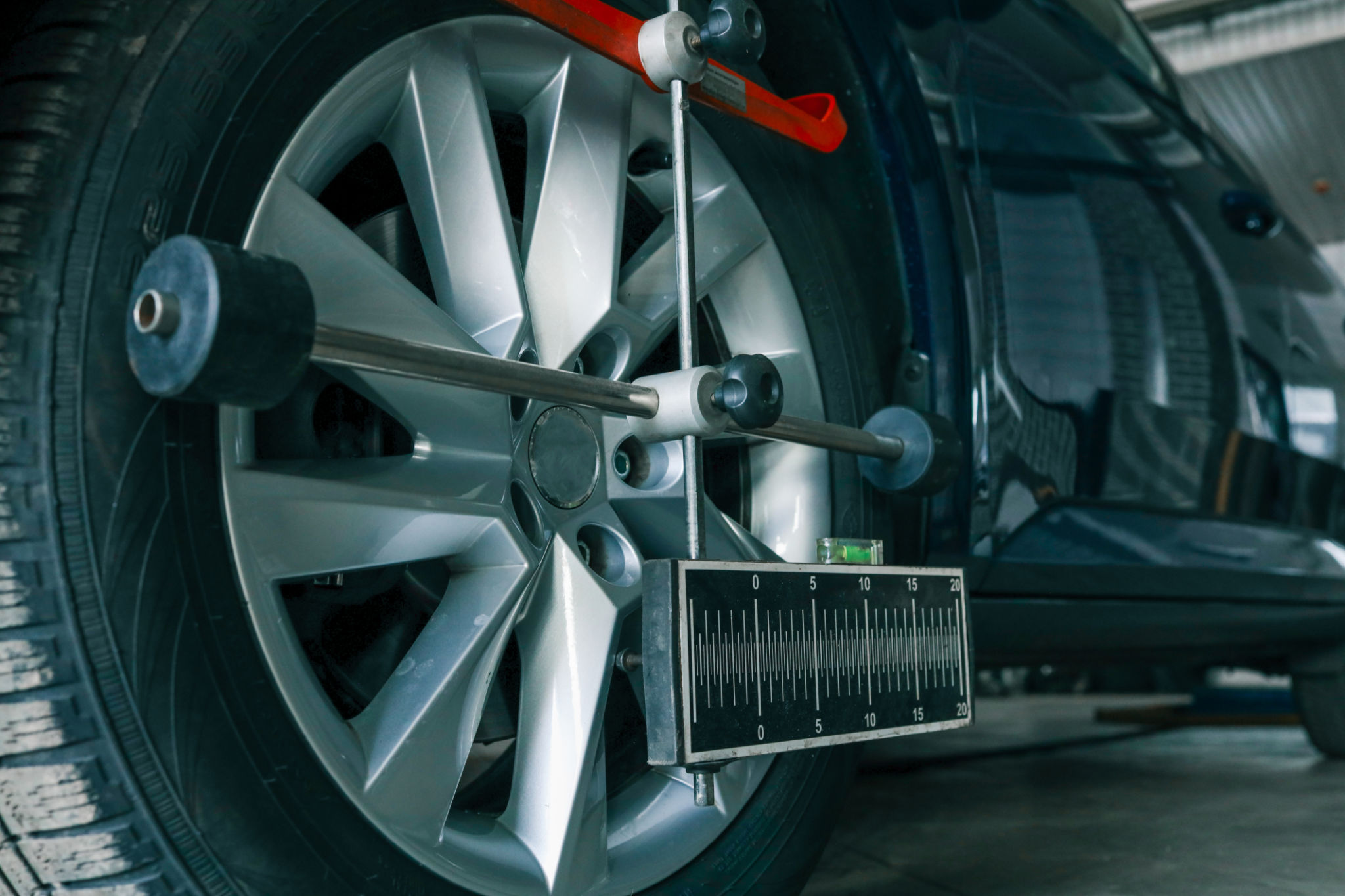Case Study: How Proper Wheel Alignment Improved Fleet Efficiency for a Local Liverpool Business
Introduction
For many businesses relying on a fleet of vehicles, maintaining efficiency is a constant challenge. One local Liverpool business discovered that something as simple as proper wheel alignment can significantly enhance their fleet's performance. This case study delves into how this adjustment led to improved efficiency and cost savings.

The Challenge
The company in question operates a fleet of delivery vans across Liverpool and the surrounding areas. Despite regular maintenance, they noticed increased fuel consumption and uneven tire wear, which led to higher costs and more frequent replacements. These issues prompted the management to look for solutions that could optimize their fleet's efficiency.
Discovering the Solution
Upon seeking expert advice, the company learned about the importance of wheel alignment. Proper wheel alignment ensures that the wheels are set to the optimal angle, minimizing resistance and tire wear. This not only improves fuel efficiency but also extends the lifespan of tires, reducing the need for frequent replacements.

Implementation Process
The company scheduled an alignment check for their entire fleet. During the process, each vehicle was assessed for misalignment issues, which were then corrected using specialized equipment. The technicians ensured that all wheels were aligned according to manufacturer specifications, optimizing the vehicle's handling and performance.
Steps Involved:
- Inspection of tire condition and alignment.
- Adjustment of wheel angles to meet specifications.
- Verification of alignment through test drives.
Results and Benefits
The results were immediate and remarkable. The company reported a 15% reduction in fuel consumption, which translated into significant cost savings over time. Additionally, tire longevity improved by 20%, reducing the frequency and expense of tire replacements. These changes not only lowered operational costs but also contributed to a more sustainable business model.

Impact on Business Operations
Beyond cost savings, proper wheel alignment improved the safety and reliability of the fleet. Drivers reported better vehicle handling and stability, particularly during adverse weather conditions. This led to enhanced driver satisfaction and reduced downtime due to unexpected tire-related issues.
Conclusion
This case study underscores the importance of regular vehicle maintenance and the impact of something as straightforward as wheel alignment on overall fleet efficiency. By investing in proper alignment, the Liverpool business not only improved their bottom line but also enhanced their operational reliability and sustainability.
Final Thoughts
For businesses with fleet operations, regular alignment checks should be an integral part of maintenance routines. As demonstrated by this case study, the benefits far outweigh the initial investment, leading to long-term savings and improved performance. Consider consulting with experts to evaluate your fleet's alignment needs and unlock these advantages.